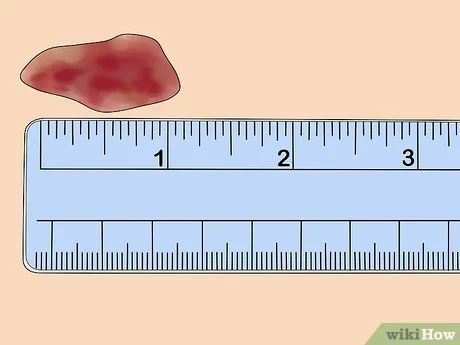Postoperative incision infection is a common complication, and timely identification and proper management are crucial for wound healing. Infection can occur from days to weeks after surgery and manifests as both local and systemic inflammatory responses.

How can I determine if an incision is infected?
Early signs of surgical site infection include an expansion of local redness and swelling, and increased pain rather than relief. Normal postoperative pain should gradually subside; persistently worsening pain warrants attention. Increased exudate from the incision site, changing from clear to cloudy or purulent in color, may be accompanied by an unpleasant odor. Redness and heat appear at the incision edges, with tenderness upon pressure. Patients may experience systemic symptoms such as fever, chills, and fatigue. Blood tests will show an elevated white blood cell count.
What should you do if you notice signs of infection?
Contact your surgeon immediately or go to the hospital; do not attempt to treat it yourself. Your doctor will assess the severity of the infection and determine the treatment plan. Mild infections may only require more frequent dressing changes and oral antibiotics. Severe infections may require removal of some sutures for drainage, or even further surgery for debridement. Take the prescribed antibiotics as directed to complete the entire course of treatment. Return to the hospital regularly for dressing changes and to monitor the wound for changes.
How to properly change dressings after surgical site infection ?
Wash hands before changing dressings and prepare a sterile dressing pack. Rinse the incision with saline solution to remove necrotic tissue and secretions. Disinfect the incision and surrounding skin with povidone-iodine, making circular motions from the inside out. Select an appropriate dressing based on the amount of exudate; alginate dressings are suitable for wounds with significant exudate. Foam dressings are suitable for moderate exudate, maintaining a moist environment. After infection control, hydrocolloid dressings can be used to promote healing. Record wound size, depth, and exudate characteristics to facilitate progress assessment.
In what situations should we be especially vigilant?
Patients with diabetes have an increased risk of infection when their blood sugar is poorly controlled. Infections in immunocompromised patients may spread rapidly. Patients using immunosuppressants or hormone therapy require close monitoring. Obese patients have poor blood supply to the fat layer, making them prone to deep infections. Malnutrition affects wound healing ability. Smokers have poor blood circulation and reduced resistance to infection.
How to prevent the infection from worsening?
Keep the skin around the incision clean and dry. Avoid strenuous activity that could strain the incision. Strengthen nutritional support, ensuring adequate protein and vitamin intake. Control underlying conditions such as diabetes and anemia. Strictly follow your doctor's instructions regarding antibiotics. Pay attention to personal hygiene and change underwear frequently. Ensure sufficient rest to boost your immunity.
Post-infection care for surgical incisions?
Even after infection control, continued care is necessary until complete healing. Newly formed skin is fragile and should be protected from friction and pressure. Use anti-scar products to prevent scar hyperplasia. Take precautions against sun exposure to avoid pigmentation. Gradually resume daily activities. Regular follow-up appointments are essential to ensure full recovery.
For more information on Innomed, Silicone Contact Layer refer to the Previou s Articles. If you have customized needs, you are welcome to contact us; you wholeheartedly. At longterm medical, we transform this data by innovating and developing products that make life easier for those who need loving care.
Editor: kiki Jia

 English
English عربى
عربى Español
Español русский
русский 中文简体
中文简体








